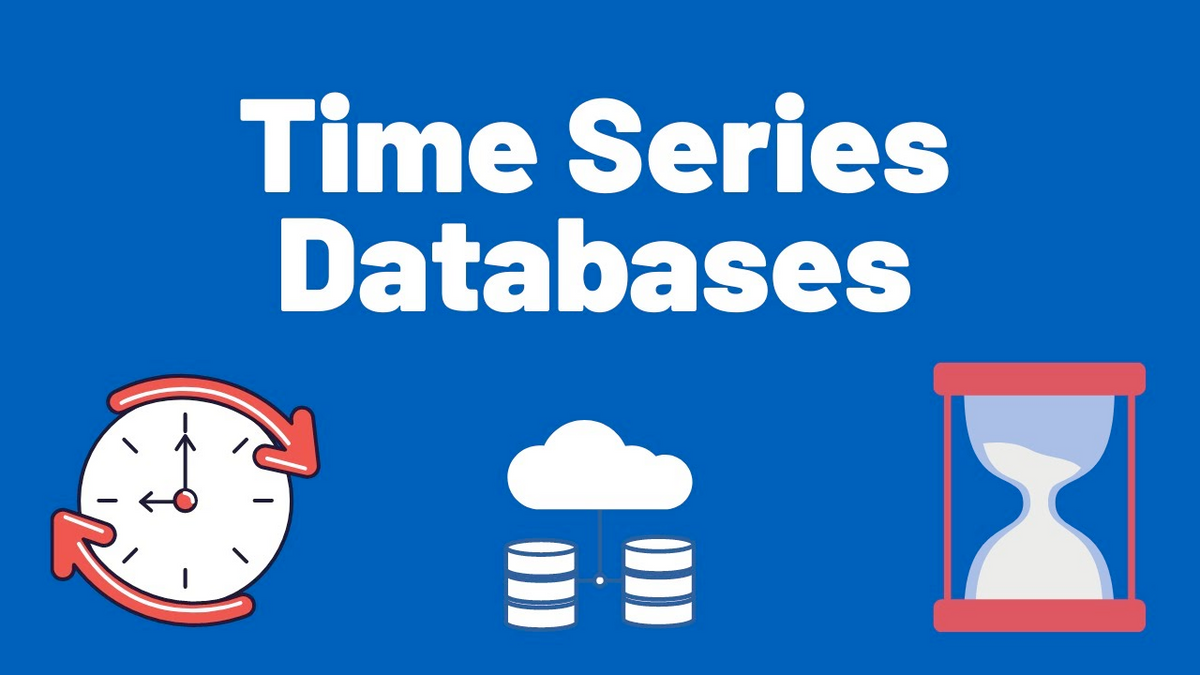Benchmark Comparison of Time-Series Databases: Performance and Reliability

When evaluating data persistency in time-series databases (TSDBs) and the possibility of data loss during massive IO transactions, it is crucial to understand how different databases handle ingestion and query loads. Here are some benchmark results and insights from reputable sources comparing various TSDBs.
Benchmark Results
InfluxDB
- Ingestion Rate: InfluxDB 3.0 can ingest up to 4,310,764 points per second with no performance degradation as the data scale increases.
- Query Performance: InfluxDB 3.0 shows significantly lower query latencies compared to its predecessor, InfluxDB OSS 1.8, providing faster access to data and ensuring high efficiency for real-time analytics applications (InfluxData).
TimescaleDB
- Ingestion Rate: TimescaleDB achieves an ingestion rate of up to 159K rows per second, making it suitable for high-cardinality datasets.
- Query Performance: While TimescaleDB is built on PostgreSQL and extends its capabilities, it faces limitations in temporal joins and handling large-scale data due to its row-based storage format. However, its use of hypertables and compression helps manage large datasets effectively (Timescale) (QuestDB).
QuestDB
- Ingestion Rate: QuestDB outperforms many competitors with an ingestion rate of up to 1 million rows per second. Its architecture is optimized for high-throughput and low-latency queries, making it ideal for real-time data processing.
- Query Performance: QuestDB offers up to 150x faster query performance than TimescaleDB in certain scenarios, particularly with high-cardinality and time-partitioned data (QuestDB) (GridDB).
GridDB
- Ingestion Rate: GridDB excels in environments with a high number of hosts, supporting real-time ingestion of up to 100,000 hosts worth of data points every 10 seconds.
- Query Performance: GridDB shows superior performance for complex queries compared to QuestDB and TimescaleDB, although it requires more tuning. Its key-container data model allows efficient handling of high-cardinality data (GridDB).

Summary Table
| Query Type | InfluxDB 3.0 | TimescaleDB | QuestDB | GridDB |
|---|---|---|---|---|
| Simple Select | Very low latency | Low to moderate latency | Extremely low latency | Low latency |
| Aggregate Queries | High efficiency | Moderate efficiency | Very high efficiency | High efficiency |
| Statistical Functions | High efficiency | Moderate efficiency | Very high efficiency | High efficiency |
| Time-Based Groupings | Optimized for low latency | Moderate latency | Extremely low latency | Optimized for low latency |
| High Cardinality Data | Moderate performance | Lower performance | Very high performance | High performance |
| Complex Joins | Moderate performance | High efficiency | Moderate efficiency | High efficiency |
| ASOF Joins | N/A | N/A | Very high efficiency | N/A |
Considerations
- InfluxDB 3.0: Best for real-time analytics with a high ingestion rate and optimized query latency for aggregates and statistical functions.
- TimescaleDB: Excellent for SQL-based applications that require complex joins and PostgreSQL compatibility but may need more resources for high-cardinality data.
- TimescaleDB: Ideal for applications needing SQL compatibility and strong ACID guarantees. However, it may require more resources for high-cardinality datasets.
- QuestDB: Excellent for high-throughput applications needing fast query execution and real-time data processing. Its columnar storage and time-partitioning are highly efficient.
- GridDB: Performs well with high-cardinality data and complex queries, especially in IoT applications. Its key-container model allows for scalable and efficient data handling.
- QuestDB: Superior for high-throughput and low-latency queries, especially those involving time-series specific operations.
- GridDB: Suitable for IoT applications with high query efficiency for large numbers of hosts and complex query structures.
These benchmarks and considerations highlight the strengths and weaknesses of each TSDB in handling massive IO transactions, ensuring data persistency, and minimizing the risk of data loss.
Depending on your specific use case and requirements, one of these databases may offer the optimal balance of performance and reliability (TimeStored) (InfluxData) (Timescale) (QuestDB) (GridDB).

